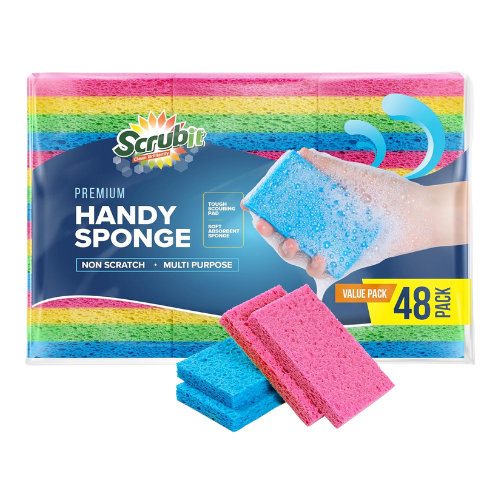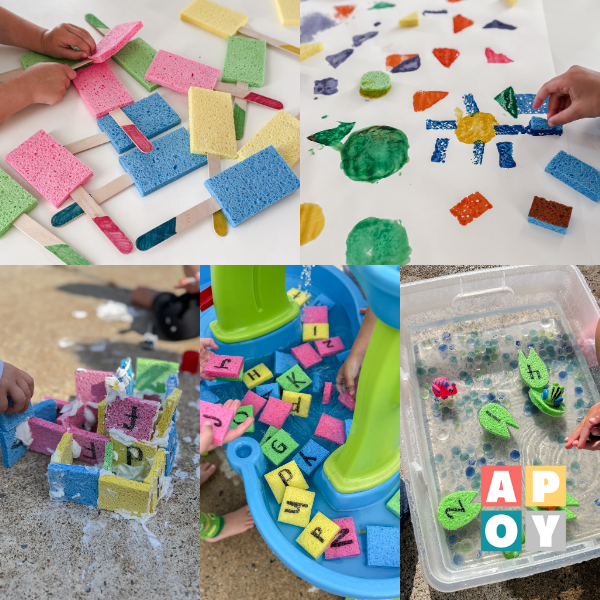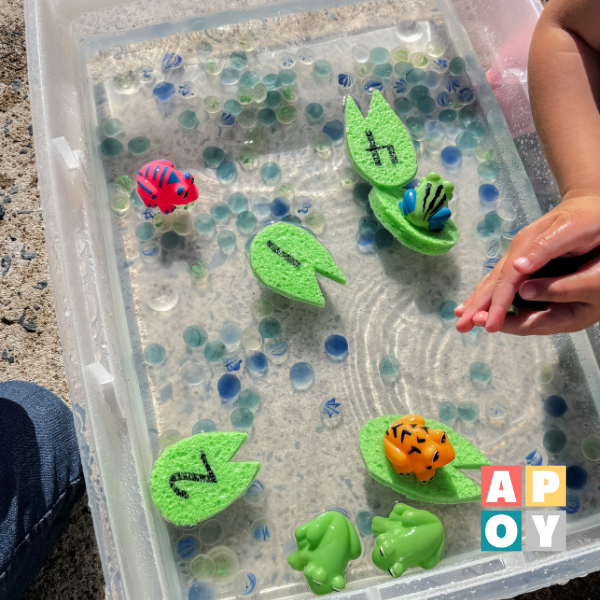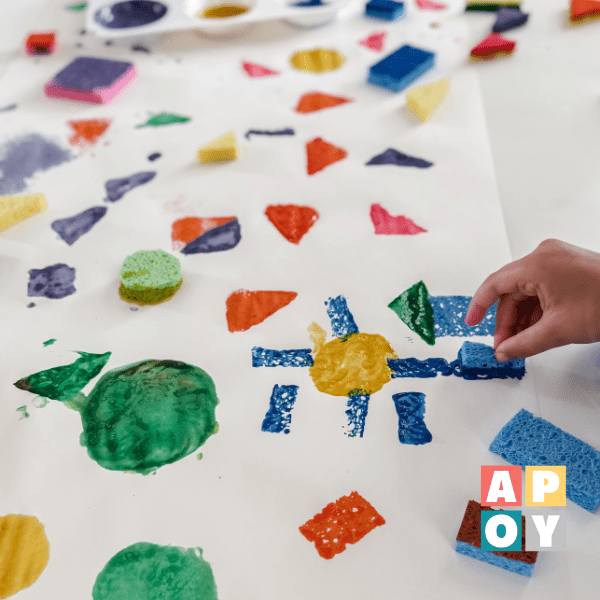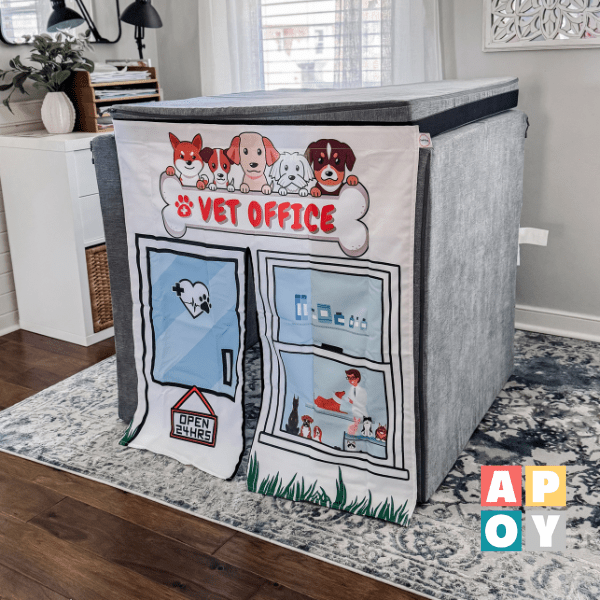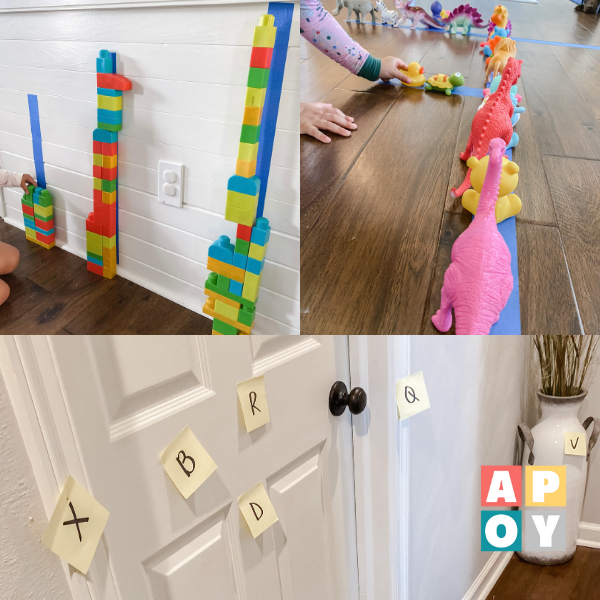Sponge Shaving Cream Buildings: A Fine Motor Activity That Looks Like Pure Play
Looking for a simple sponge activity that builds fine motor skills and keeps your toddler engaged? Try sponge shaving cream buildings—an outdoor sensory learning win using sponges and shaving cream.
This blog post may contain affiliate links. When you make a purchase through these links, I may earn a small commission, at no additional cost to you. I only recommend products that I genuinely believe can benefit you and your family! Your support helps maintain and improve all things A Pop of You. Thanks so much!
Why Sponge Shaving Cream Buildings Deserve a Spot in Your Activity Rotation
Some activities sound ridiculous at first—until you try them and realize they’re pure magic. Sponge shaving cream buildings? That sounds like something a toddler might dream up after watching a construction site and then raiding the bathroom cabinet. And honestly… they’re not far off.
But hear me out. This sponge activity is a low-prep, high-payoff sensory adventure that checks so many boxes. It works fine motor muscles, invites creative thinking, encourages outdoor learning, and uses things you probably already have at home.
And best of all? It’s part of our Activities with Random Household Objects series. Because sometimes you don’t need a Pinterest-perfect craft. You just need a can of foam shaving cream, some sponges, and a sunny patch of backyard. Let’s jump into this surprisingly awesome fine motor activity—sponge shaving cream buildings.
Why You’ll Love Sponge Shaving Cream Buildings
Let’s start with the obvious: this activity is seriously fun. But it’s also packed with learning and developmental benefits. Here’s what your child is actually doing while they gleefully smush shaving cream and stack sponge “bricks”:
- Practicing fine motor skills (hello, tiny hand muscles!)
- Engaging in sensory learning through texture, resistance, and pressure
- Exploring basic physics and balance concepts
- Using creativity and spatial awareness to “build”
- Working independently or cooperatively (depending on sibling moods)
- Getting outside and staying entertained (and a little messy, which is half the fun)
Did I mention this is a simple at home learning win that doesn’t involve any printable, glue sticks, or glitter? Let’s walk through the setup.
What You’ll Need
Good news: you probably already have everything. And if not, these are cheap and easy to grab on your next grocery run.
- Colorful sponges (cut in half or reuse from our sponge water table letter match activity)
- Foam shaving cream (foam, not gel—trust me on this one)
That’s it. Minimal stuff. Maximum fun.
How to Set Up Sponge Shaving Cream Buildings
Here’s how to set up this kids learning activity in five minutes or less.
- Cut the sponges. Halve a few kitchen sponges so they’re brick-sized and stackable. The more colors, the more fun. And if you did our sponge water table letter match activity recently, those sponges are perfect.
- Head outside. Shaving cream and indoors don’t always mix well. Take this one to the patio, driveway, or even the grass. It’s a great excuse to let your kids play barefoot and messy.
- Squirt some shaving cream. Add foam shaving cream to a tray, plate, or muffin tin—whatever you’ve got. This will be your “glue.” Kids can dip the sponges into it or use their fingers to spread it on.
- Start building. Let your child build whatever they want—a tall tower, a house, a spaceship. The shaving cream helps the sponge pieces stick together, at least temporarily. And if their structure collapses? That’s just a lesson in architectural integrity.
- Encourage experimentation. This is a great time to ask: “What happens if you add more shaving cream?” or “Can you make it taller without it falling?” Sneaky science and early engineering, right there.
- Celebrate the mess. When they’re done, squish the buildings, smash them, and smear the foam around. That’s all part of the sensory experience. Cleanup is easy with a hose or bucket of water.
let’s explore the Learning Benefits
Sure, sponge shaving cream buildings might look like simple backyard fun, but don’t let the suds fool you—this activity is doing some heavy lifting in the learning department. It’s one of those magical setups where play and development go hand-in-hand (literally). While your child is stacking and smearing, they’re also strengthening essential skills that support everyday tasks and future learning. Here’s a closer look at why this squishy, foamy, gloriously messy activity is actually a goldmine for early childhood development.
1. Fine motor skills
Why are we so obsessed with fine motor activities around here? Because every time your child grips a sponge, pinches some foam, or carefully places a sponge brick, they’re prepping their hands for important life skills—like writing, zipping, cutting, or buttoning their clothes. This sponge shaving cream activity is secretly an excellent fine motor activity that encourages hand-eye coordination, finger strength, pincer grasp development, and bilateral hand use (using both hands together). Basically, they’re building little sponge houses while building the strength to tie their shoes someday. That’s a win-win.
2. sensory learning
Sensory activities aren’t just about the mess and fun (though there’s plenty of both). They help kids regulate their nervous systems, stay present and calm, understand textures and resistance, and develop tolerance for new sensations. Shaving cream is a fantastic medium for sensory learning—it’s cool, squishy, and easy to clean. When paired with sponges, you get a bonus texture to explore. Some kids love the mess right away, and others need a little encouragement—but once they dive in, they’re usually hooked.
Tips to Make This Even Easier (or Last Longer)
Need to stretch this activity out for more than 15 minutes? Want to make it run even smoother? Here are a few pro tips from the mom trenches:
- Use tongs or spoons for kids who are hesitant about touching the shaving cream directly. It still works fine motor muscles and keeps their hands clean(ish).
- Add challenge by setting a timer: “Can you build a house in two minutes?” or “How tall can your tower be before the timer beeps?”
- Incorporate storytelling. Ask your child who lives in the sponge house, what the tower is for, or where their sponge rocket is going.
- Theme it. Sponge city? Sponge zoo? Sponge spaceship? Add small plastic animals, vehicles, or peg people for extra imagination.
- Turn it into water play. After building, let your child rinse the sponges in a bin of warm soapy water for extra sensory fun and a natural transition to cleanup.
A Few Notes on Safety & Sanity
- Always supervise your child with shaving cream, especially younger toddlers. It’s not taste-safe, so keep it away from mouths and eyes.
- If you’re doing this with more than one child, consider setting “building zones” so they each have a space to create without sibling sabotage.
- Keep old towels nearby for easy cleanup, or do a full hose-off at the end. Either way, it’s a great outdoor reset.
MORE ACTIVITIES USING SPONGES
Colorful sponges are basically the Swiss Army knife of toddler learning tools. Cheap, versatile, and easy to store. I keep a stash in a drawer just for moments like these. So, if you liked this one, check out the other activities in the series:
- Sponge Popsicle Color Match: Cut sponges into popsicle shapes and paint or color each one in vibrant shades. Create matching “popsicle stick” cards or use colored cups. Your child matches the sponge popsicles to the correct color. A refreshing way to practice color sorting—no freezer required!
- Sponge Water Table Letter Match: Cut sponges into squares and write letters on each one with a permanent marker. Drop them into a water table or bin and invite your child to fish out specific letters, match them to a chart, or spell simple words. Great for reinforcing letter recognition in a fun, sensory-rich way!
- Sponge Shape Stamping: Cut sponges into basic shapes like squares, circles, triangles, and rectangles. Dip them in paint and stamp away on paper to create shape-filled masterpieces. It’s a hands-on way to explore shape recognition, color recognition, and sensory play—all while turning a simple item into a creative tool.
- Sponge Number Sense Lily Pad Water Activity: A math-meets-sensory bin moment starring lily pad sponges, number recognition, and frog friends. Toddlers count stones to match each numbered sponge, building early math skills while having a blast with water play.
Why We Keep Coming Back to Activities with Random Household Objects
You don’t need to spend hours prepping or scrolling Pinterest to give your kids meaningful, creative play. Some of the best kids activities are already hiding in your kitchen drawers or bathroom cabinets. Sponge shaving cream buildings are the perfect reminder that simple is enough. So next time the kids are bouncing off the walls and you need something that:
- Builds fine motor skills
- Invites sensory exploration
- Encourages outdoor learning
- Requires minimal prep and cleanup
- Actually holds their attention
…grab some sponges and a can of shaving cream. Head outside, take a deep breath, and embrace the beautiful chaos of learning through play. Because a calm home doesn’t mean a quiet one. It means a home where creativity is encouraged, messes are manageable, and childhood feels like magic.



Hey, I’m Katelyn, the “Achievably Extra” Mom! Join me for creative family fun and practical tips! Let’s inspire each other!




